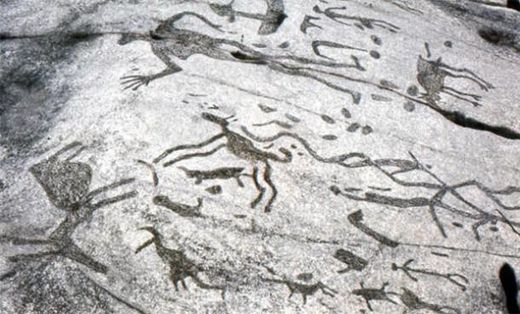
© Screen Capture/YouTubeAdolf Hitler in the 1930s, as seen in 'Hitler's Reign of Terror.'
Adolf Hitler didn't commit suicide in a Berlin bunker in 1945. He escaped to South America, where he lived with his black lover to the age of 95 as a treasure hunter. That's the risible claim in a new book by a Brazilian Jewish journalism student.
The conspiracy theory premise of Simoni Renee Guerreiro Dias's book
Hitler in Brazil - His Life and His Death has grabbed international headlines in recent days, and never mind the fact that it's ridiculous.
Hitler shot himself in his Berlin bunker on April 30, 1945, as the Red Army was advancing into the German capital. His body and that of his mistress, Eva Braun, were placed in a bomb crater outside the Reich Chancellory and doused with petrol.
The way Dias tells it, however, Hitler fled to Brazil and lived under the name Adolf Leipzig until he died in 1984. She claims Hitler lived in the small town of Nossa Senhora do Livramento, 30 miles from the Brazilian state capital Cuiaba, and hunted for buried Jesuit gold.
Her "proof"? A blurry photograph of the man she claims is Hitler with his black girlfriend - with whom he shacked up to allay suspicions that he might be the propagator of a racist ideology.


